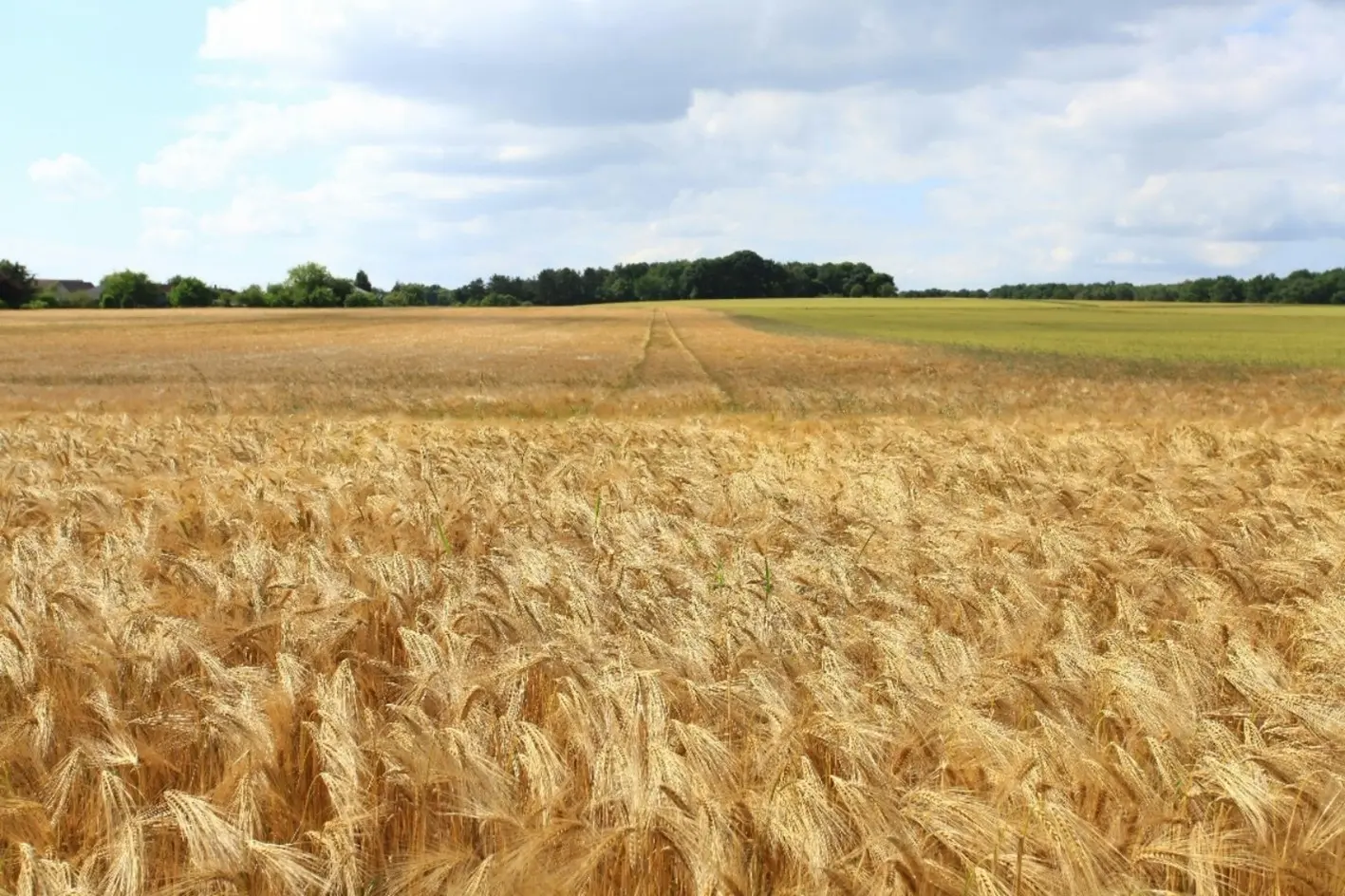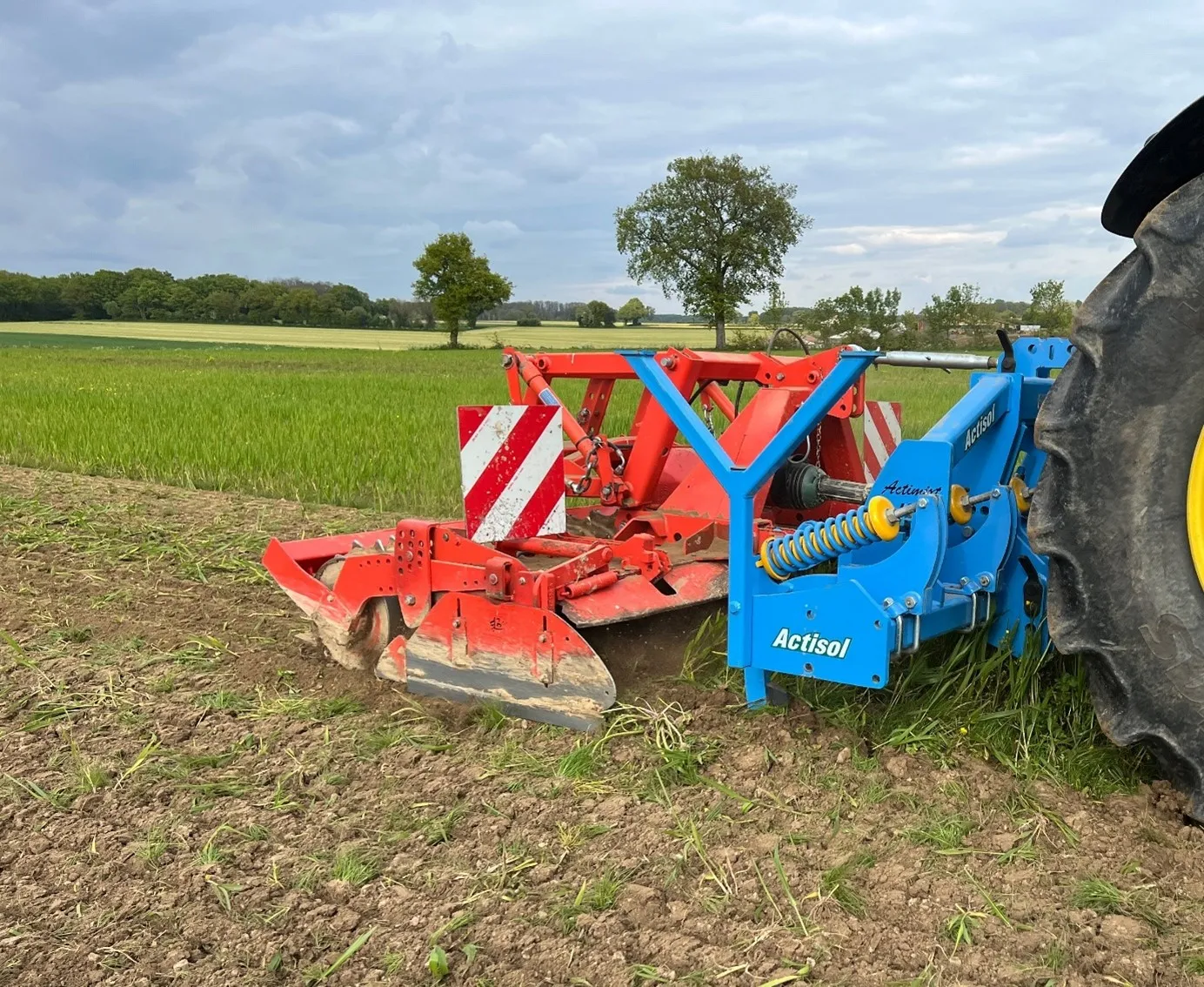What is crop rotation ?
This agronomic practice consists of alternating the cultivation of different varieties as well as spring and winter crops on the same plot of land, according to a pre-determined order and duration. This practice is in complete contrast to monocultures such as wheat or maize.
Crop rotation helps to restructure the soil, increase its fertility and combat pests. But it also has its drawbacks.
Why set up a rotation system ?
Growing crops in a monoculture model can lead to problems with recalcitrant weeds, diseases and pests, which become established more easily over time because the ‘food’ source and ‘habitat’ always remain the same.
So it’s highly advisable to alternate crops on your plots. There are many advantages to this technique, but there are also a few obstacles.

Advantages and disadvantages
Advantages | Disadvantages |
|---|---|
• Limits the resistance of weeds, pests and diseases • Improves soil structure • Increases soil fertility • Reduces the use of inputs | • Requires in-depth observation and technical knowledge • Finding profitable crops to compensate for periods of temporary grassland or cover crops |
As a result of greater resistance to diseases, weeds and pests, it has the positive effect of reducing the use of inputs (herbicides, insecticides, fungal treatments, etc.). It also increases soil fertility, as each crop feeds on different elements. Rotation therefore prevents nutrient depletion. Finally, alternating crops significantly improves soil structure by establishing varied root systems on different horizons each year.
However, the rotation system cannot be introduced overnight. It requires a preliminary study to fully understand the new crops to be planted, their itineraries and the most efficient rotation length. You also need to think about profitability and find a financial balance in the diversification of income.
To find out more
A basic principle is that a rotation is divided into 3 stages:
- Increase in soil fertility
- Possibility of nitrogen consumption by the crop
- Soil cleaning
Rotation is the key to obtaining regular yields and keeping the soil healthy. Naturally, you need to plant species that are suited to the type of soil on your plots, while respecting the 3-step sequence.
For example, Lupin is a crop that tolerates acid soils and less water. It restructures the soil and acts as a barrier to bio-aggressors by breaking their cycle. It is also very rich in nitrogen, so it could be planted as the first stage in a rotation.

There are several types of rotation:
- Long rotations of 6 to 9 years.
- Rotation of 2 crop species over 3 years.
- The 2-2 rotation: the most common. It is based on growing the same two types of crop over two years. This is followed by a break of a period determined by the farmer.
It is strongly recommended that you pay close attention to the time required to re-plant the species. A rotation that is too short will not have the desired effect on pest control. The same applies to crops with the same characteristics. It is therefore very important to choose the species for the next rotation beforehand.
In conclusion
Crop rotation is one of the 3 pillars of Conservation farming. It requires a great deal of technical skill. This is all the more true given the climate changes that have been taking place for several years now.
Respect for the soil is a fundamental value at ACTISOL. That’s why we’re developing new equipment every day, and why we’re at your side to help you achieve respectful farming.



